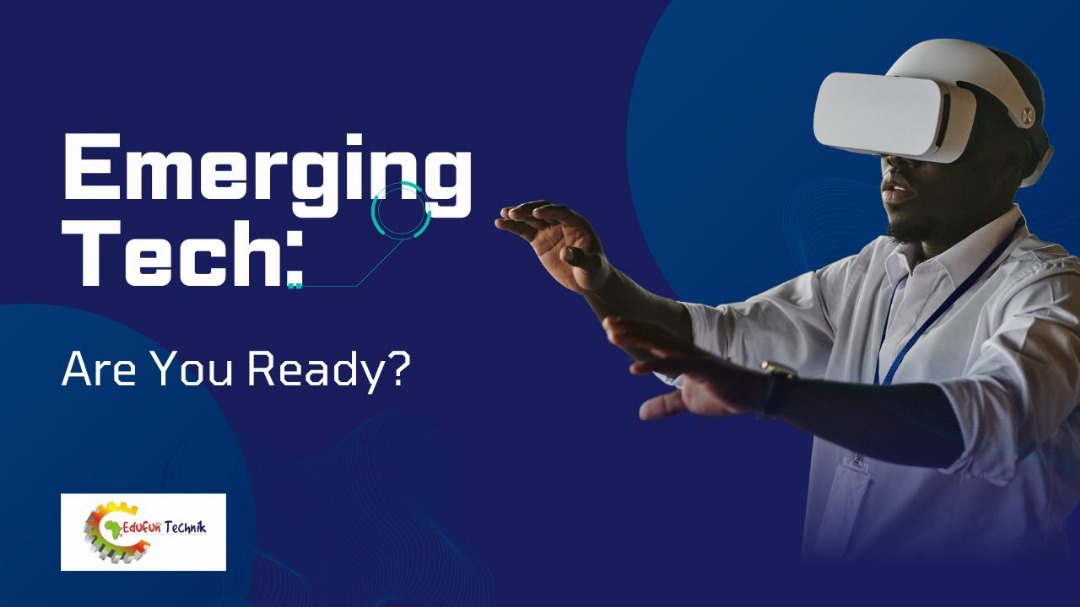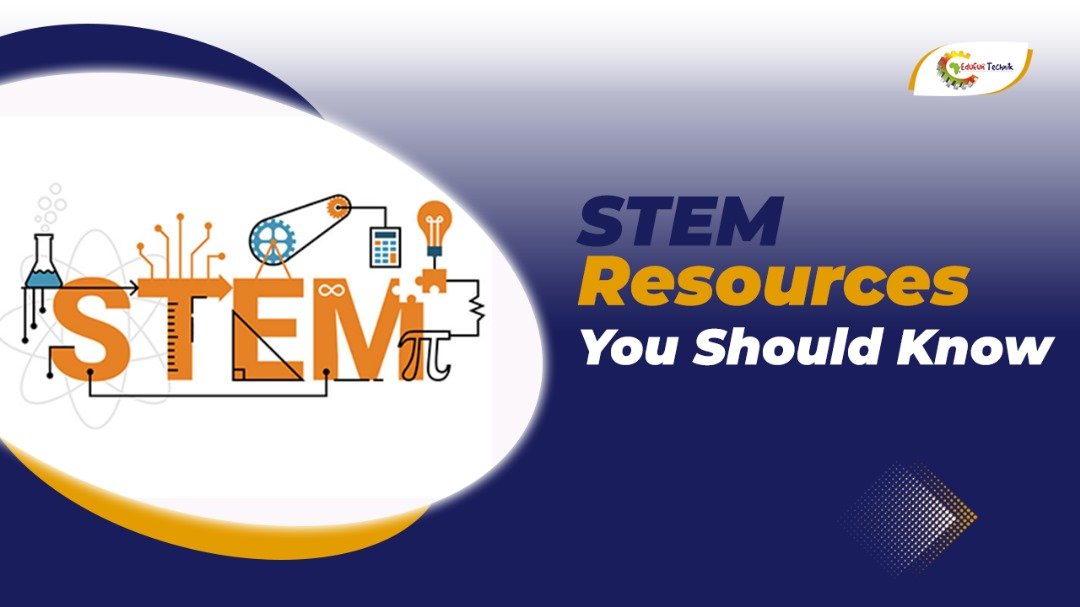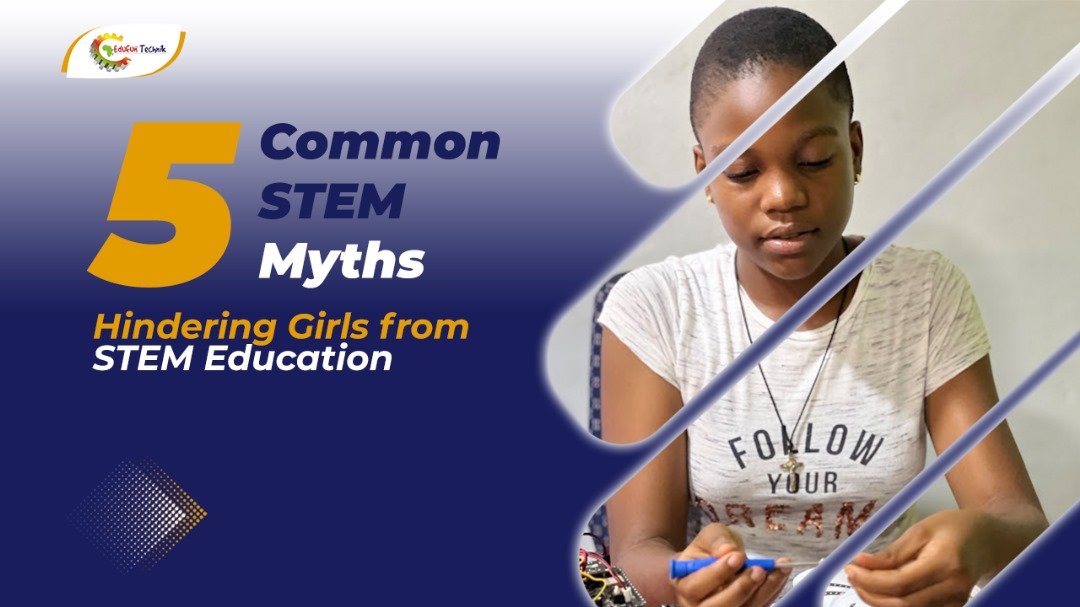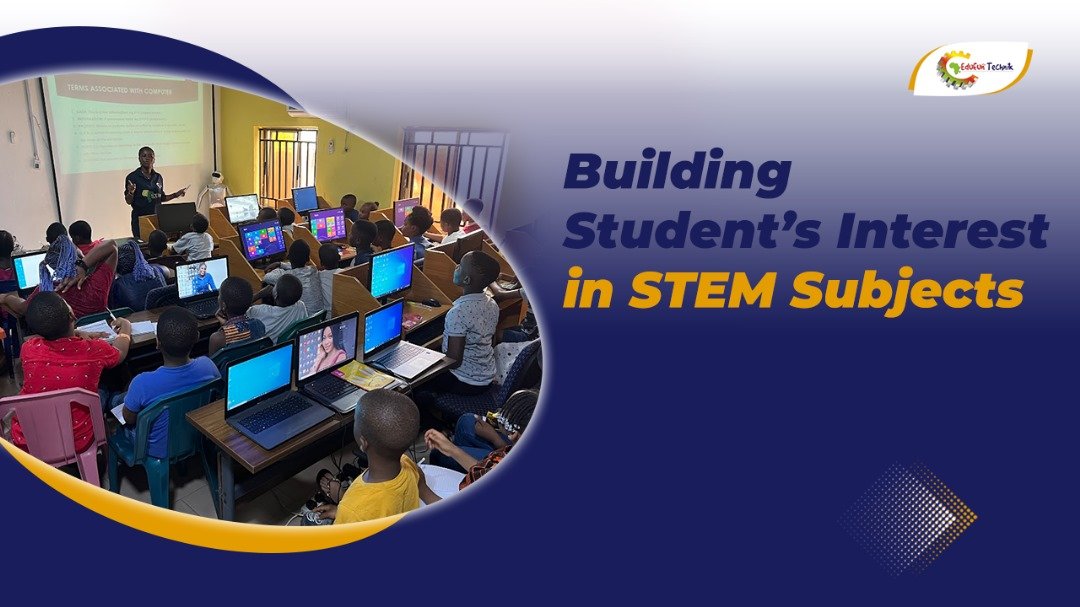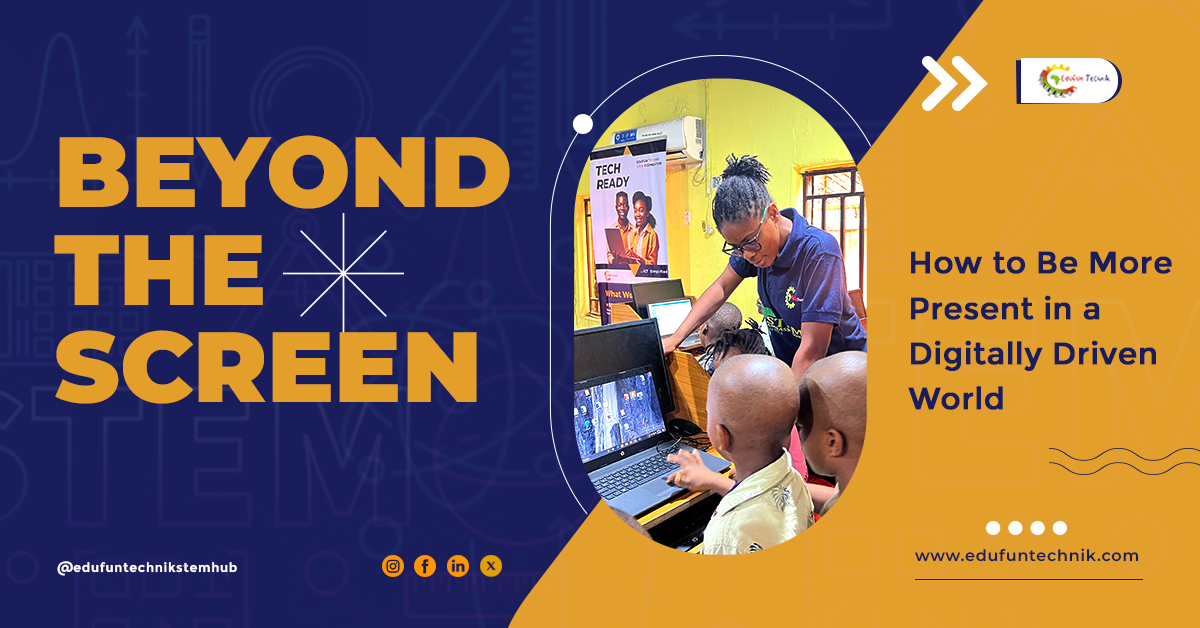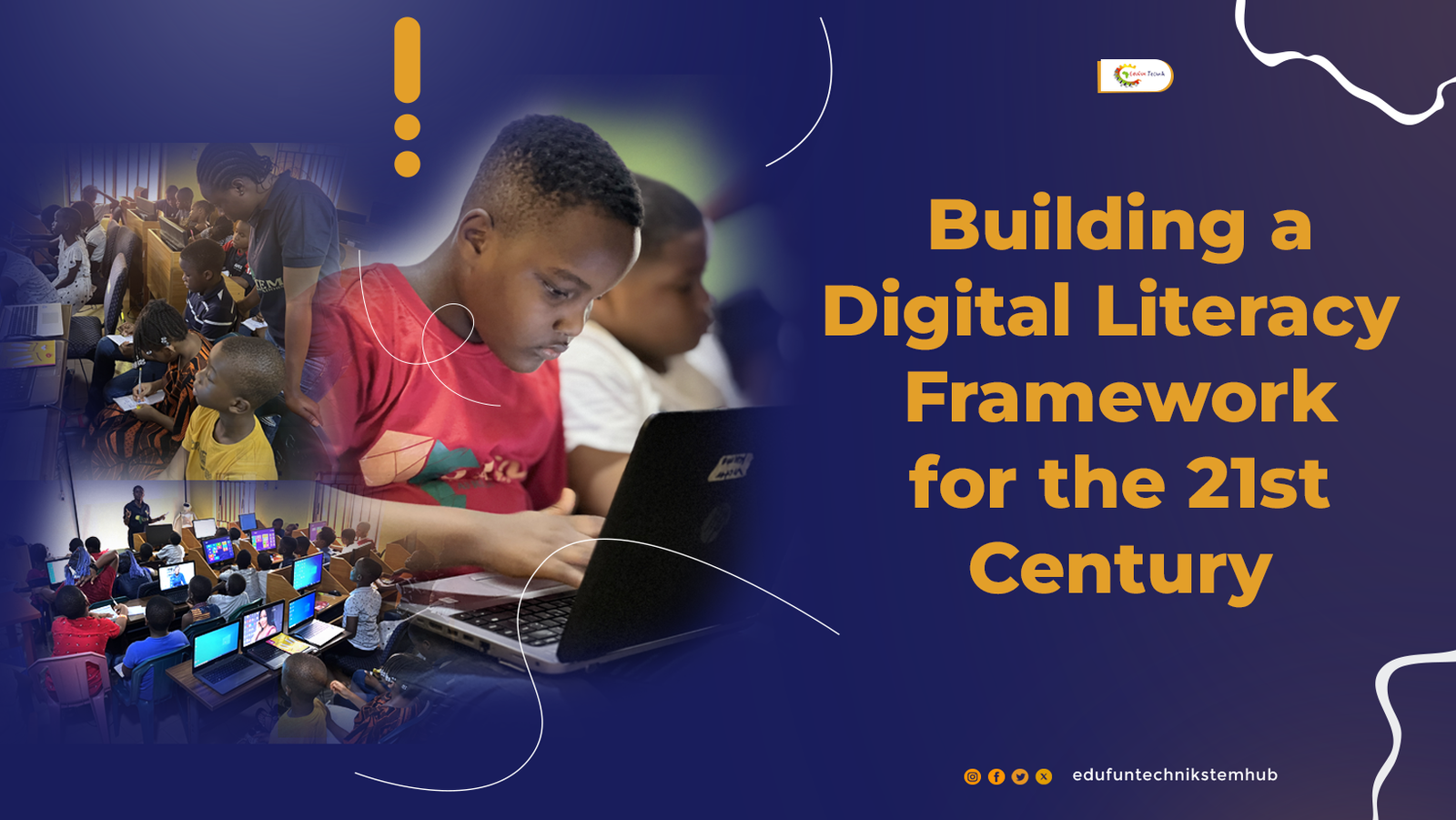The world of STEM (science, technology, engineering, and mathematics) is being transformed by cutting-edge technologies. These advancements are both tools and powerful engines of change, pushing innovation and creating solutions to complex problems. From finding better ways to teach or tackling global challenges, emerging technologies are influencing how we approach STEM fields.
Artificial Intelligence (AI) and Machine Learning in STEM
Artificial intelligence (AI) is like teaching computers to think and learn. Instead of doing simple tasks, AI can now analyze data, make decisions, and even predict outcomes. For example, researchers use AI to study climate change by analyzing huge amounts of weather data. This helps them understand patterns and prepare for disasters like hurricanes.
In education, AI tools like chatbots and personalized learning apps make it easier for students to understand tough topics. Dr. Fei-Fei Li, a well-known AI expert, once said, “AI is made by humans, intended to behave like humans, and, ultimately, to impact humans.” In STEM, this impact is helping students and scientists work smarter, not harder.
AI is also helping engineers design buildings, bridges, and other structures that are safer and stronger. Programs can simulate how materials behave under stress, saving time and money before building starts. The medical field is using AI to develop new treatments faster, like finding drugs to fight diseases.
Virtual and Augmented Reality in STEM Education
Virtual reality (VR) and augmented reality (AR) are making learning feel like an adventure. With VR, you can explore a rainforest or step inside a beating heart, all without leaving your classroom. AR adds layers of information to the real world, like showing how a machine works when you point your phone at it.
NASA uses VR to train astronauts for space missions. By simulating space environments, they can practice important tasks before going to the International Space Station. Teachers also use VR to make science and math more exciting. A study by the University of Maryland found that students remembered information better when they learned using VR.
Dr. Jeremy Bailenson, an expert in VR, said, “When you learn something through experience, it sticks with you longer.” This is why VR and AR are becoming popular tools in STEM education.
Biotechnology and Genetic Engineering
Biotechnology is changing how we treat diseases, grow food, and protect the planet. Genetic engineering, for example, allows scientists to edit DNA to create crops that grow faster and resist pests. This means farmers can grow more food with fewer chemicals.
In medicine, scientists use biotechnology to create vaccines and develop treatments for illnesses. The COVID-19 vaccines were developed in record time thanks to new biotech tools. Dr. Jennifer Doudna, a Nobel Prize-winning scientist, said, “The ability to edit genes gives us a chance to solve problems we thought were impossible.”
Biotechnology is also helping fight climate change. Scientists are working on creating biofuels from plants and algae to replace fossil fuels. These green technologies are helping reduce pollution and protect the environment.
Robotics and Automation in STEM Fields
Robots are not just for factories anymore. They are helping doctors perform surgeries, exploring the deep sea, and even studying volcanoes. Engineers are designing robots to handle dangerous jobs that humans cannot do safely.
In STEM education, robots are teaching kids how to code and solve problems. Programs like LEGO’s Mindstorms let students build and program their own robots, making learning hands-on and fun. Dr. Ayanna Howard, a roboticist, said, “Robots are tools that help us think bigger and push boundaries.”
Automation is also making industries more efficient. Self-driving cars, for example, use sensors and AI to navigate roads. Factories use automated machines to produce goods faster and with fewer mistakes. These technologies are changing how we work and live.
The Internet of Things (IoT) in STEM
The Internet of Things (IoT) connects everyday objects to the internet, making them smarter. In STEM, IoT is helping scientists collect data from the environment, like monitoring air quality or tracking animals in the wild.
In cities, IoT sensors are used to manage traffic and reduce energy use. Hospitals use IoT devices to monitor patients’ health in real time. Dr. Amol Deshpande, an IoT researcher, said, “The Internet of Things is about making connections that improve our lives.”
IoT is also helping students learn. Smart labs use IoT to track experiments and share data with other schools. This makes science more collaborative and exciting.
Challenges and the Road Ahead
Even though these technologies are amazing, there are challenges. Some tools are expensive, making them hard for all schools to afford. There is also a need for more teachers trained to use these tools effectively.
Privacy is another concern. Technologies like IoT and AI collect a lot of data, and it is important to keep this information safe. Experts are working on solutions to make these tools more secure and accessible to everyone.
The future of STEM is bright. These emerging technologies are creating new opportunities for students, teachers, and professionals. As they become more affordable and easier to use, they will continue to shape how we learn, work, and solve problems.
Conclusion
Emerging technologies are more than just gadgets. They are tools that help us think differently and solve problems in new ways. From AI and VR to robotics and biotechnology, these innovations are shaping the future of STEM.
As we move forward, it is important to make these tools available to everyone. Whether you are a student, a teacher, or just curious about STEM, these technologies offer exciting ways to learn and grow. The journey is just beginning, and the possibilities are endless.

